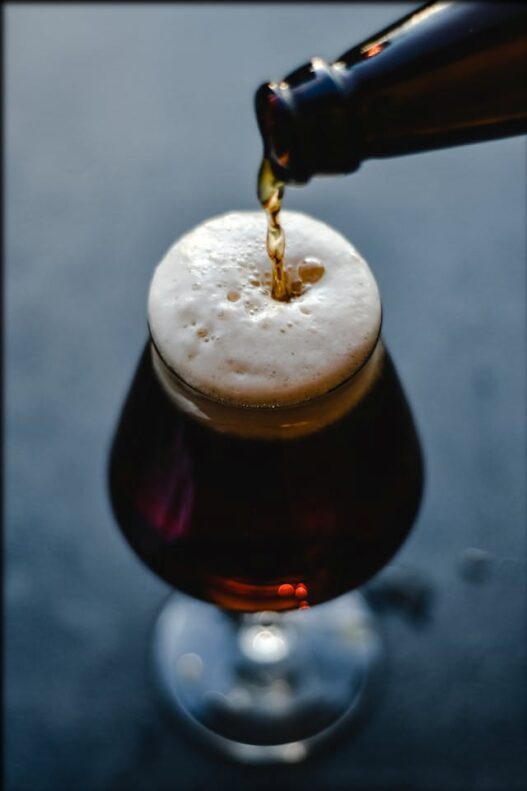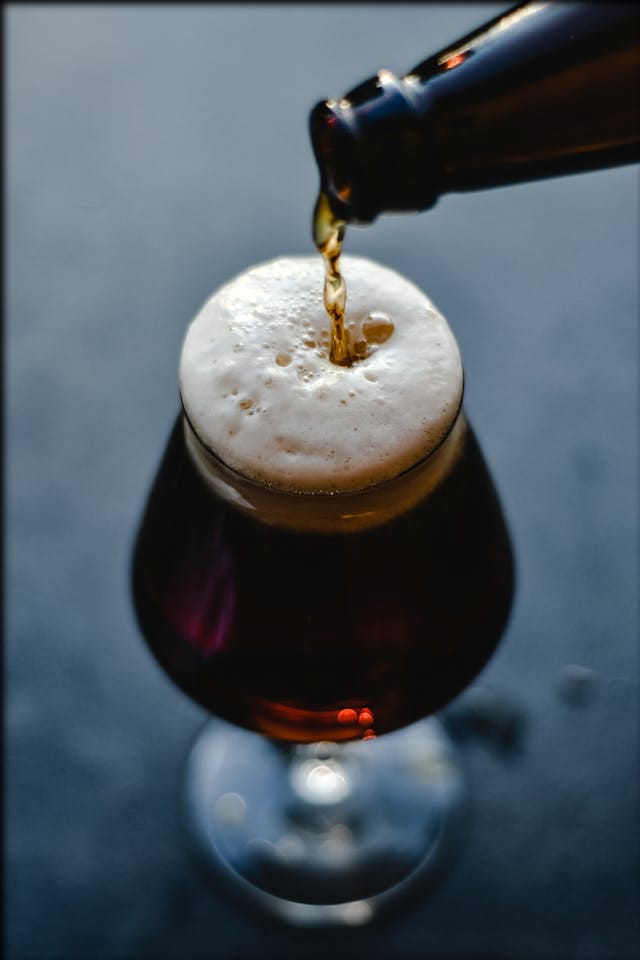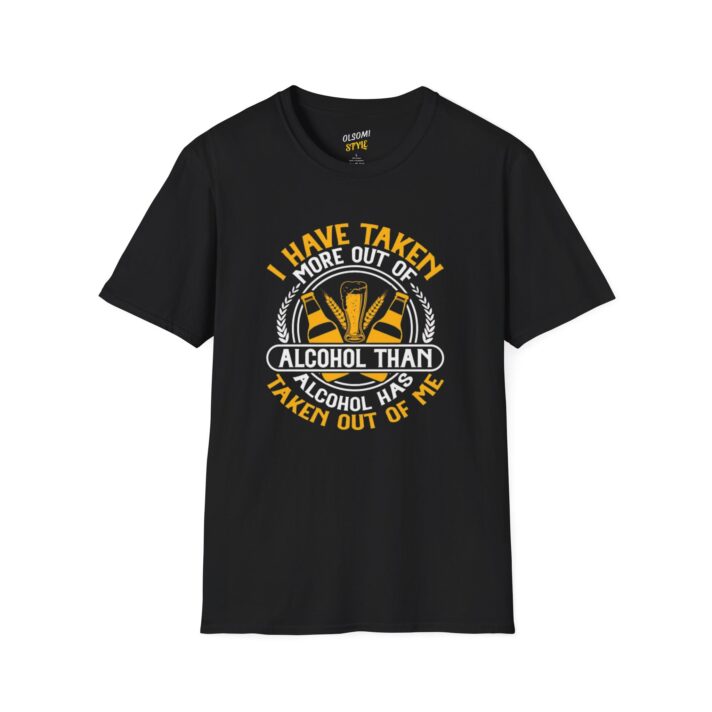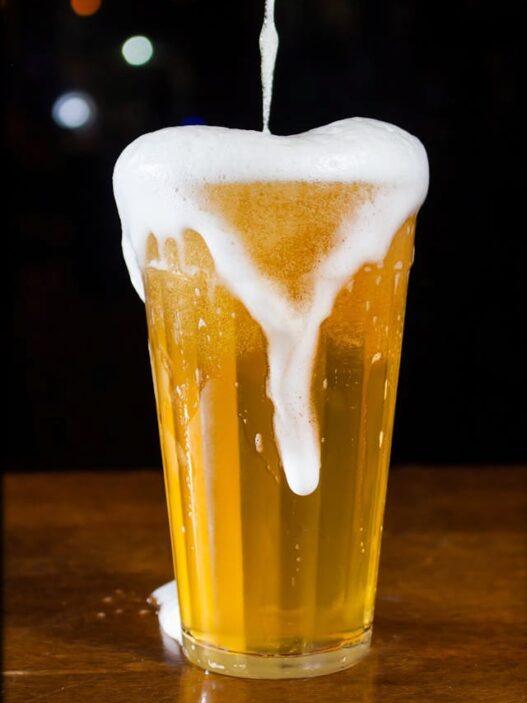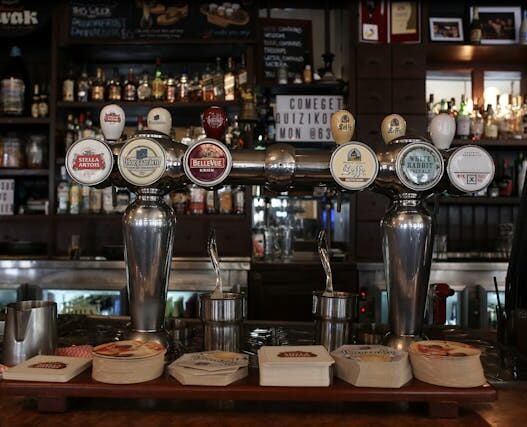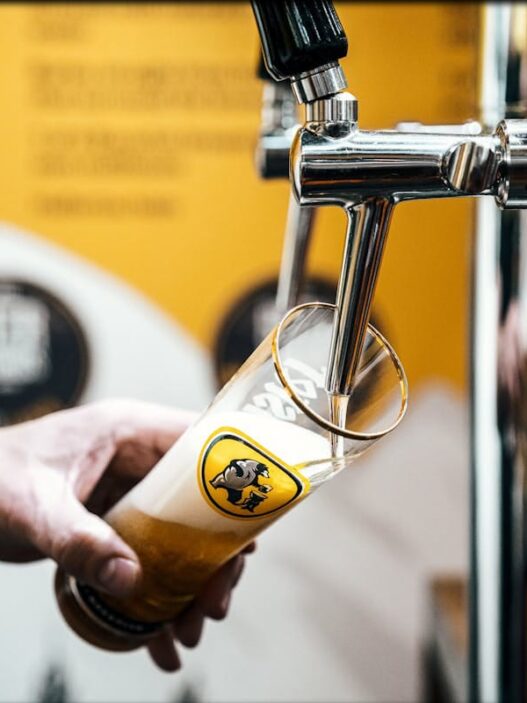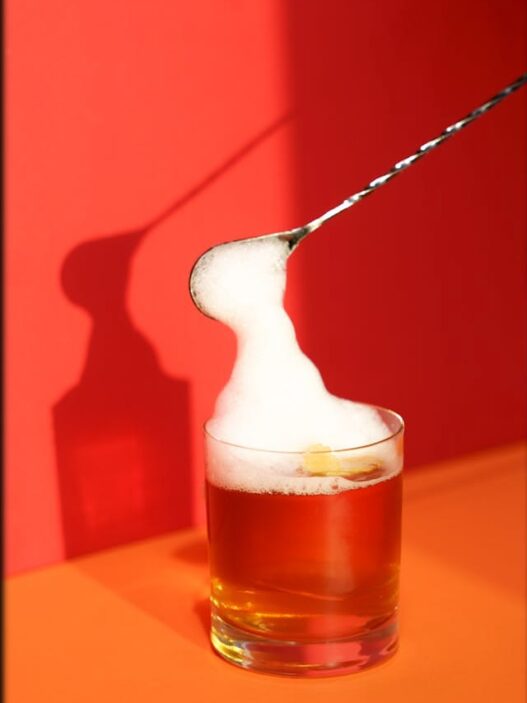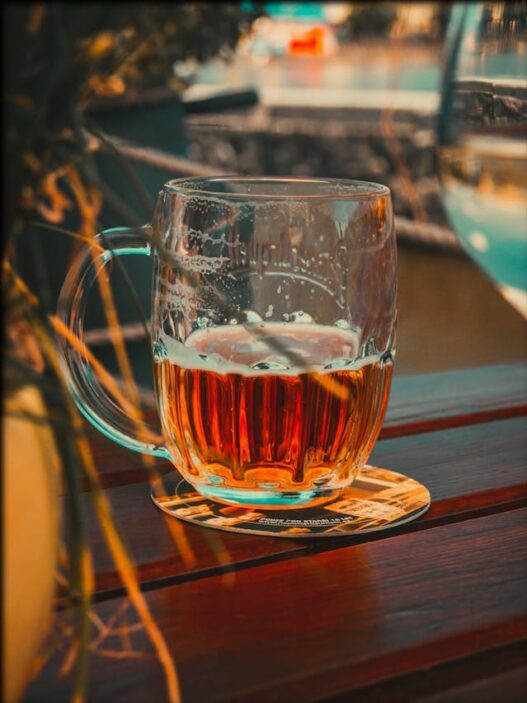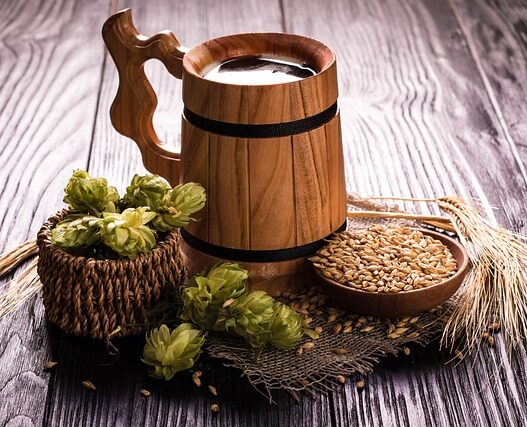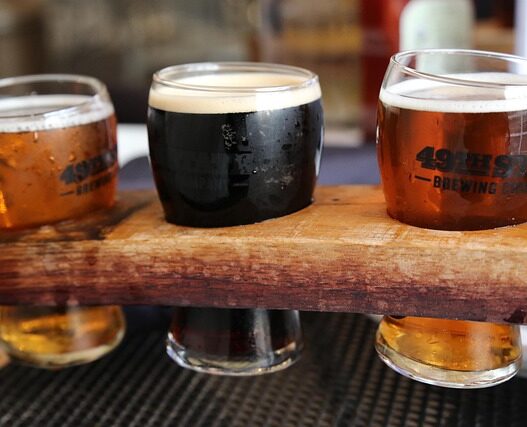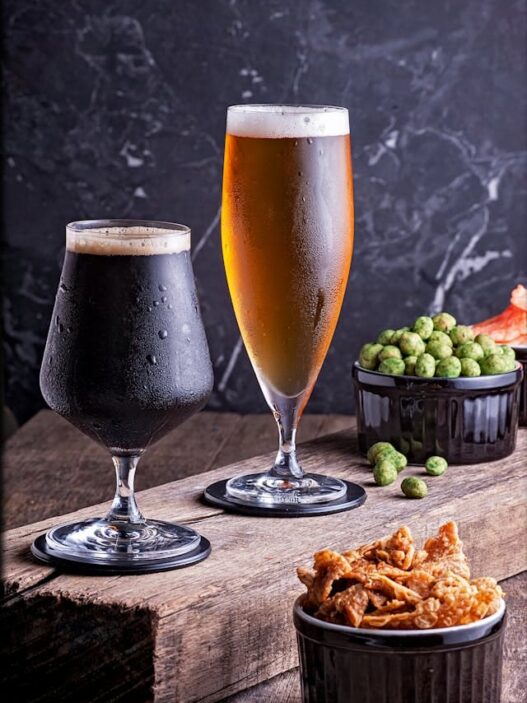-
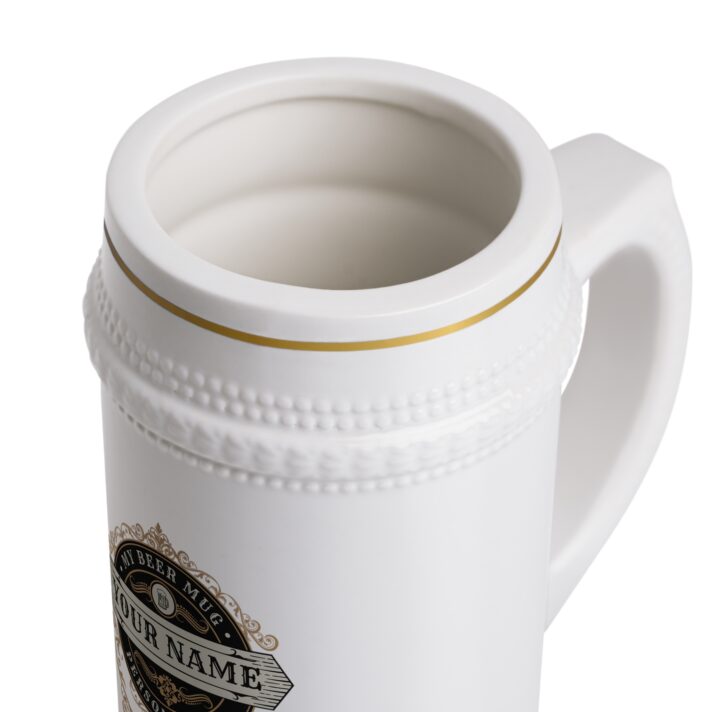
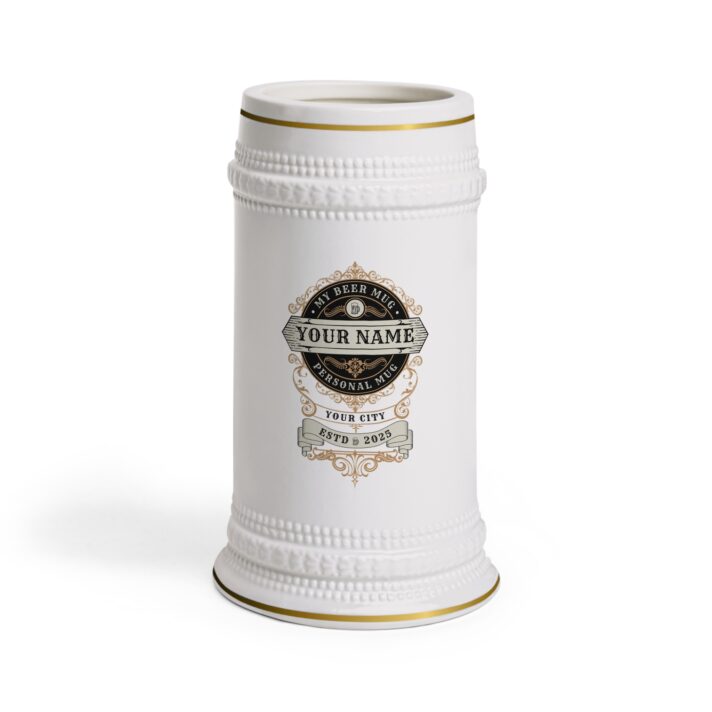
Personalized Beer Stein Mug – Custom Name & City – Perfect for Gifts & Celebrations
$34.00 -
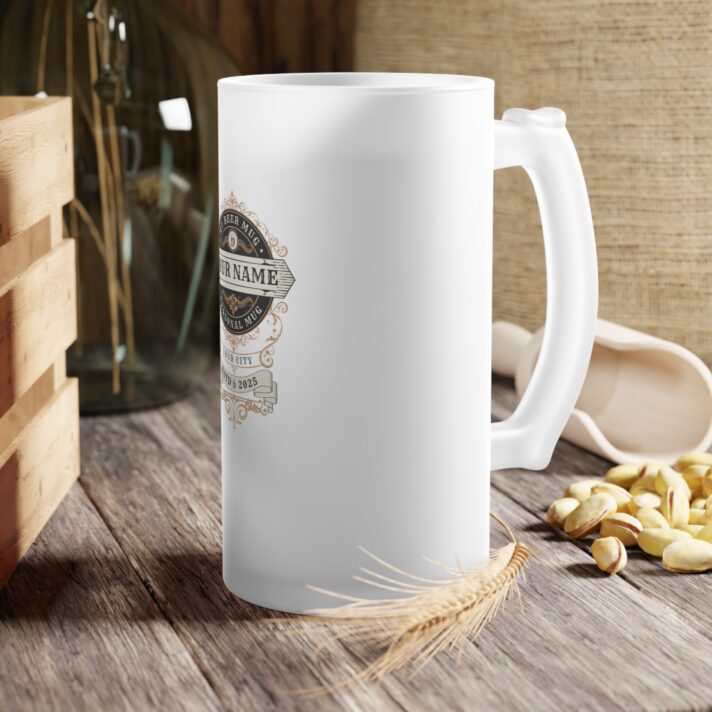
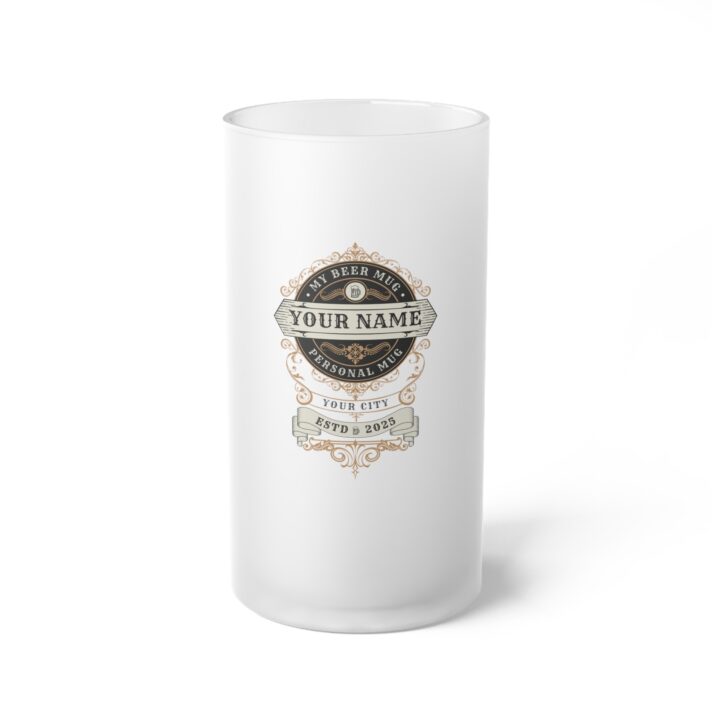
Personalized Frosted Glass Beer Mug – Custom Name & City – Perfect Gift for Beer Lovers
$42.00 -
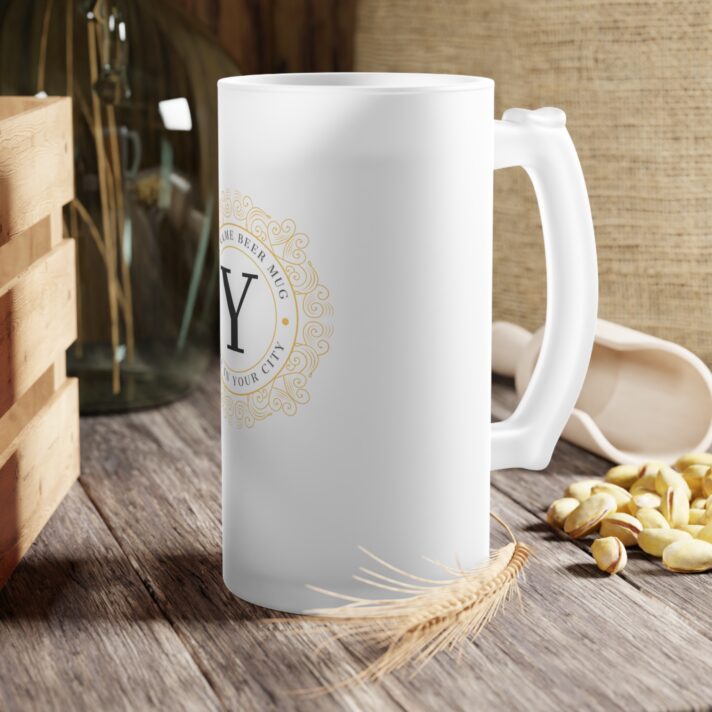
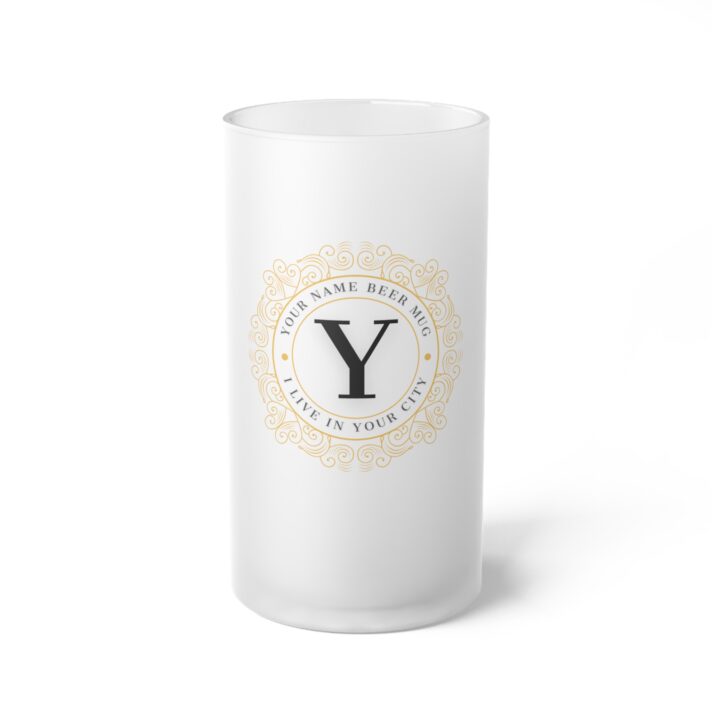
Personalized Frosted Glass Beer Mug – Customizable with Your Name, Perfect for Gifting, Celebrations & Special Occasions
$42.00
For centuries, beer has been a beloved beverage enjoyed by people of all classes, from royalty to peasants. During medieval times, the wide range of beer mugs used not only served a functional purpose but also provided insight into the society, culture, and artistry of the era.
In medieval times, beer mugs were commonly made from clay, wood, or metal. Clay mugs were the most popular, often simple in design but occasionally adorned with intricate patterns. Wood mugs, favored in northern Europe, were usually carved from a single piece with elaborate designs. Metal mugs, though less common, were valued for their durability and ornate decoration, often made from pewter, silver, or gold with jewels or precious stones.
During medieval times, the size and shape of beer mugs differed based on the region and the social standing of the person drinking. The size of the mug often reflected the drinker’s status, with kings and nobles possessing large, decorative mugs to showcase their wealth. Peasants, in contrast, typically used smaller, simpler mugs purely for holding their drink. Additionally, beer mugs came in various shapes, from basic cylindrical designs to more elaborate ones with handles, lids, or spouts. The shape of the mug could impact the beer’s taste by influencing carbonation levels and head retention.
During medieval times, beer mugs served as more than just vessels for drinking beer. They held significance in social gatherings, feasts, and festivals. In addition to being a common beverage at such events, beer mugs also had symbolic value. They were sometimes used as a form of exchange, where drinks were shared to signify bonds of friendship and alliance. The clinking of beer mugs marked the start of celebrations or honored guests, while in certain instances, they were employed in religious rituals, with monks and priests partaking in communion from ornate chalices.
The craftsmanship and materials used in medieval beer mugs provide insight into the technology and skills of the time. Clay mugs were created using simple methods like hand molding and kiln firing. Wood mugs required more advanced skills, involving carving and shaping with tools like knives and chisels. Metal mugs were the most intricate to make, utilizing metalworking techniques such as casting, forging, and engraving. The meticulous craftsmanship of medieval beer mugs was highly esteemed, with some even being signed by their creators as a symbol of pride and excellence.
In summary, medieval beer mugs offer an intriguing peek into the culture, society, and artistry of the Middle Ages. These vessels held significance beyond just serving beer, representing social status, traditions, and skilled craftsmanship. The range of materials, shapes, and designs used in medieval beer mugs demonstrate the diversity and innovation of the people of that era. Whether simple or elaborate, made of clay or metal, these mugs highlight the role of beer in medieval life and the creativity of the craftsmen who made them. Here’s a toast to the medieval beer drinkers and their beloved mugs!











